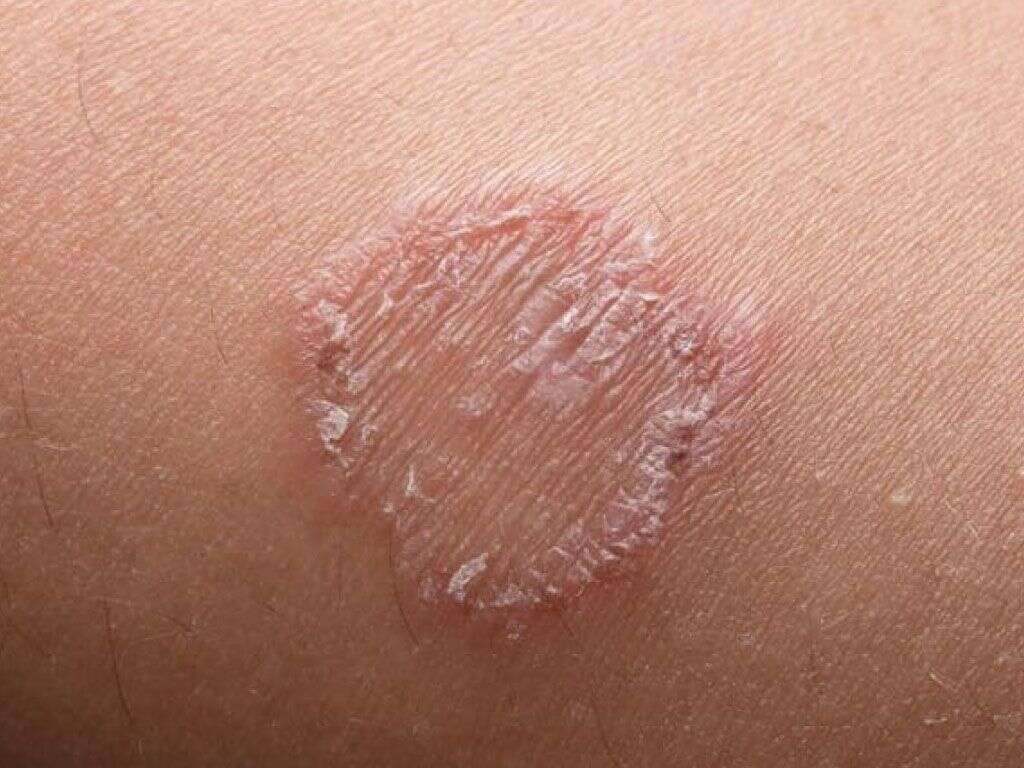What Is Cysticercosis?
Cysticercosis is a parasitic infection that can develop into a more serious condition for humans. Although this infection is becoming increasingly common, it can be difficult to diagnose due to the length of time it takes to show symptoms.
The risk of exposure to this parasite can be reduced by taking certain precautions, though some populations are more susceptible due to an increased chance of exposure. Prompt diagnosis leads to the increased availability of treatment options.

1. What Is Cysticercosis?
A Taenia solium pork tapeworm that is still in the larval state is called a cysticercus. When an individual ingests tapeworm eggs that later hatch into larva, an infection can occur in the intestinal tract or other parts of the body, such as the brain.
A cysticercus infection that occurs in tissues of the body outside of the digestive tract is called cysticercosis. Cysticercosis found in the brain is referred to as neurocysticercosis, though the infection can be present anywhere throughout the body, including muscle tissues.
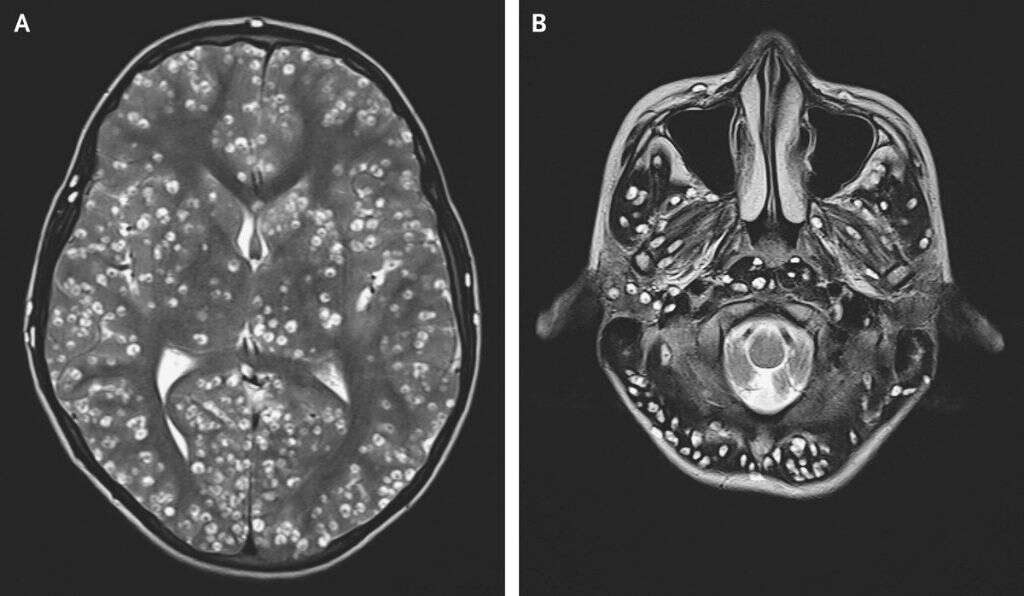
2. What Are the Symptoms of Cysticercosis?
Cysticercosis is found predominantly in areas where tapeworms are a common occurrence. When the condition develops in the brain, it is a major cause of seizures in adults that did not have issues with seizures in childhood. Those infected can also experience headaches, dizziness and confusion. Infection in the muscle tissues can sometimes appear as either painless or tender lumps underneath the skin.
In many cases, there are no symptoms of the disease at all. If someone is at higher risk for tapeworm, that person is also at higher risk for cysticercosis. Symptoms can take several months to manifest, meaning many people can be infected with the pork tapeworm without knowing it. In the most severe cases, cysticercosis can cause brain damage, coma or death.

3. What Causes Cysticercosis?
The cause of cysticercosis is typically either through the ingestion of pork that originated from a pig that is infected with a tapeworm or by accidental ingestion of fecal matter due to poor sanitation and hygiene. Infection with this condition occurs in a cyclical manner and passes through pigs as an intermediary. A human can become infected with a tapeworm by either eating food or drinking water that contains tapeworm eggs. Some individuals also contract tapeworms by touching contaminated surfaces and then touching the mouth.
An adult tapeworm living in the gastrointestinal tract of a human lays eggs that are eliminated in feces. In poor sanitary conditions, pigs ingest these eggs due to exposure to stool. While in the pig’s system, the eggs hatch into larvae that then travel to the muscles of the pig. Humans then slaughter and eat the infected pig, allowing the larvae access to the human gastrointestinal tract, where they grow into adult tapeworms. This is how tapeworms are able to continually cycle.

4. Is Cysticercosis Contagious?
Cysticercosis is not contagious in the traditional sense. If someone has an infection, he or she cannot easily pass it along to another person unless poor sanitary conditions are present. Unfortunately, there are many areas with poor hygiene and an increased risk for cysticercosis.
Humans contract tapeworm eggs from feces of animals or other humans. If fecal particles containing eggs are accidentally ingested, they can develop into tapeworms in the digestive tract. For the condition to become cysticercosis, the tapeworms need to produce eggs that then hatch into larvae that spread to other parts the body.
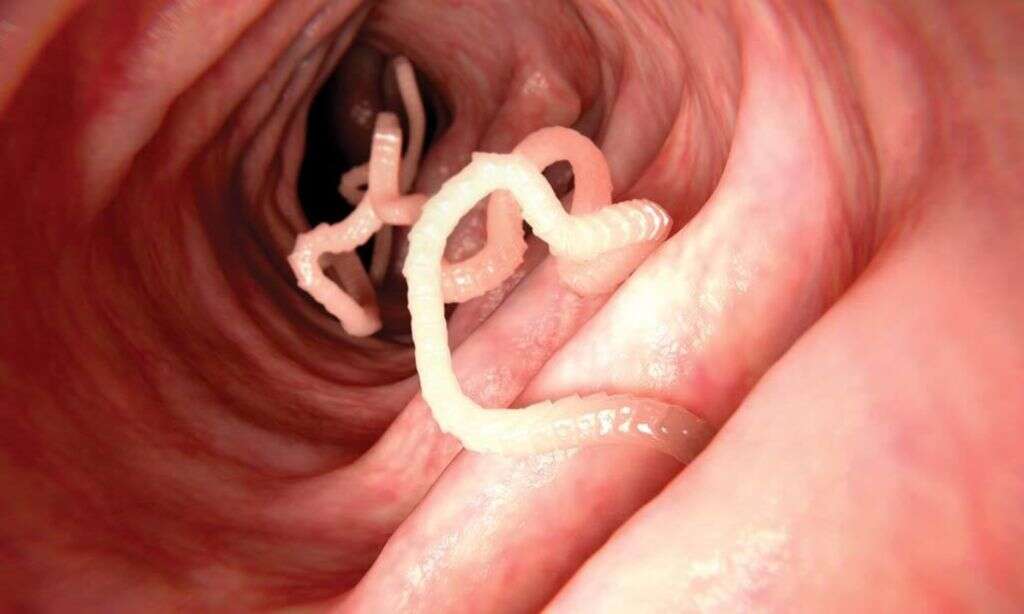
5. How Is Cysticercosis Diagnosed?
A physical exam from a doctor is required for the diagnosis of cysticercosis. It is still relatively uncommon for someone to be diagnosed with the condition outside of areas where pigs are raised and allowed to roam. If an individual has traveled to a country where tapeworm infections are common and believes an exposure may have occurred, it is important to schedule an evaluation with a physician.
Doctors can diagnose this disease through a series of questions and diagnostic exams. The questions concern recent travel and potential exposure along with a recent history of the foods the patient has eaten and an analysis of any current symptoms. If neurocysticercosis is suspected, testing includes MRI and CT scans of the brain to confirm the suspicion. Patients will typically undergo blood analysis for further confirmation.
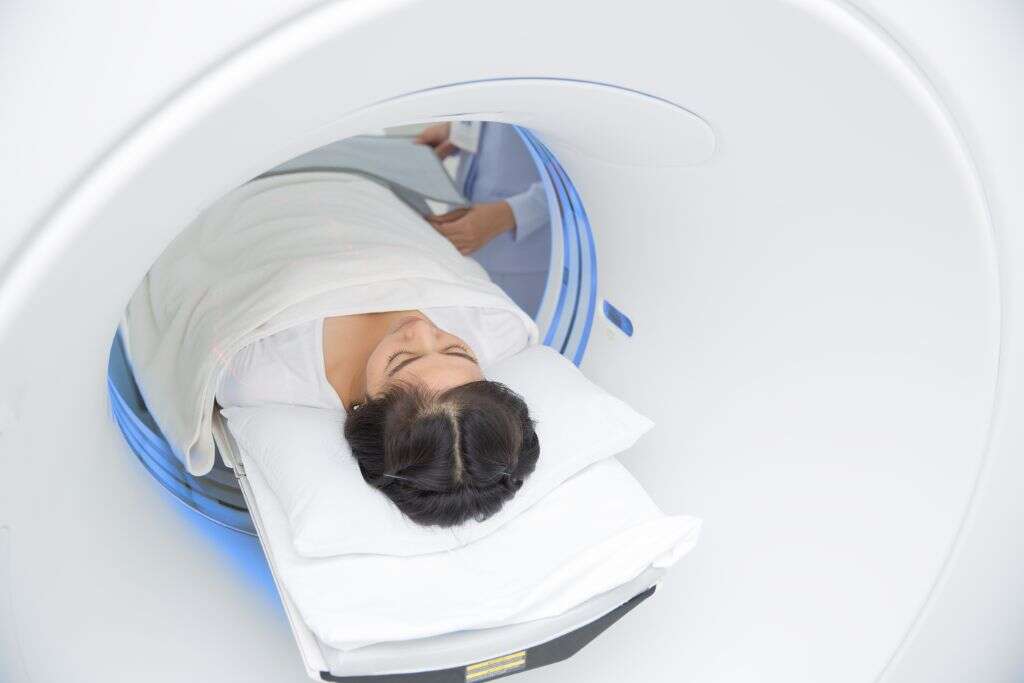
6. What Is the Treatment for Cysticercosis?
Although this condition sounds concerning, there are treatment plans available for all types of tapeworms. The key to treatment is to receive a diagnosis before the most advanced symptoms, such as seizures, brain damage or coma, can begin to develop. Adult tapeworms in the gastrointestinal tract often require no treatment, since they are eventually expelled in the stool along with any eggs the tapeworm has laid.
In some cases, particularly those in which the larvae have spread into the muscle tissue and other parts of the body, treatment with anti-inflammatory agents and other medications may become necessary. Sometimes surgery is recommended if there is a swollen lump that has become symptomatic and tender. Treatment of the inflammation caused by the parasites is the primary concern and can involve steroids and antihistamines.
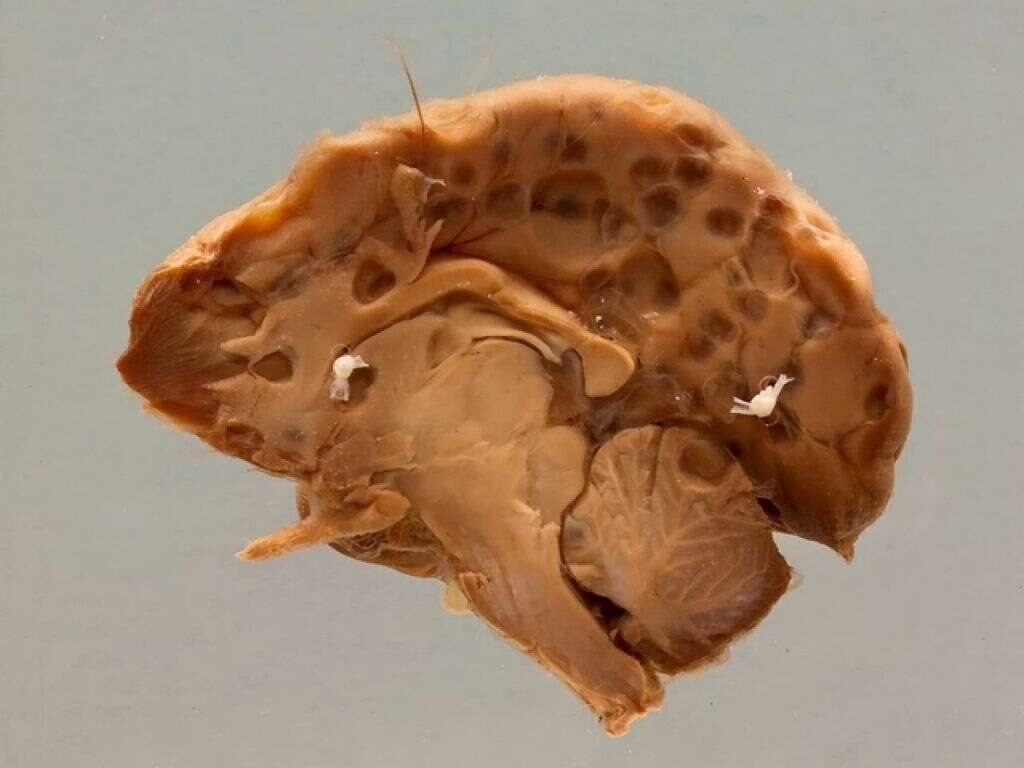
7. Who Is at Risk for Cysticercosis?
Most cases of cysticercosis occur in developing areas with poor sanitation that have difficulty controlling personal hygiene. Residents of these areas are at higher risk from tapeworm infections in general, making them also at higher risk for cysticercosis. Individuals from outside of these areas who travel to or temporarily live in affected areas are also at higher risk.
Since cysticercosis is contracted through pigs, areas that raise pigs and allow pigs to wander freely are also at higher risk. If pigs are not present in the area, tapeworms can still occur, but the specific Taenia solium pork tapeworm that causes cysticercosis should not be present. If one individual in a household develops this disease, everyone else who lives in the household is at an increased risk of also developing it.

8. How Can Cysticercosis Be Prevented?
Practices to prevent this disease contain good advice for the prevention of many other diseases as well. Frequent hand washing is vital, especially after using the bathroom or changing a child’s diaper. Before any food is eaten, prepared or otherwise handled, hands should be washed thoroughly with soap and water. Since children can contribute to the spread of disease, it is important to teach them proper hand washing and hygiene techniques. When any new fresh fruits or vegetables are brought in, they should be washed thoroughly or washed and peeled to reduce risk.
Drinking contaminated water is a large contributor to spreading diseases like cysticercosis. Water that is not filtered through a public water system can be contaminated, so using a filter or sanitizing tablet before drinking can reduce risk. People who live in areas with a higher risk of contamination should be even more diligent about complying with the recommendations, if possible. Unfortunately, some areas have difficulty finding fresh water for appropriate cleaning and drinking.

9. What Is the Prognosis for Patients With Cysticercosis?
Individuals who develop cysticercosis usually have a good prognosis since the condition can often resolve with little to no treatment. Tapeworm infections that develop in the gastrointestinal tract go through a cycle of eggs to larva to adult tapeworm before leaving the body. If the individual is not infected again immediately, the current tapeworm issue will be resolved.
When the larvae have invaded the muscles or other bodily tissues, it can become more difficult to solve the problem. If caught and diagnosed, medications can be given for inflammation caused by the infection. The prognosis for neurocysticercosis or for cysticercosis that forms on the spinal cord is one that is more difficult to treat and cure. If the disease has already progressed to seizures, excess fluid and swelling surrounding the brain, the prognosis is not as positive.

10. Is Cysticercosis Found Worldwide?
Some people believe all types of tapeworm infections are only found in developing countries. Cysticercosis can be found anywhere pigs are present, which means cases are found worldwide. There are some areas of the world that are more likely to have a larger population of infected people, including rural areas and parts of the world where sanitation is poor. Any time someone travels to an area with these conditions, there is a risk of exposure to tapeworms through drinking water or unsanitary food. Hand washing and other sanitary practices can help mitigate some of the risks.
Although it is not common, people who have not traveled outside of the developed countries can still become infected with cysticercosis. Being exposed to Taenia solium eggs from the feces of an infected person who has traveled to a developing area can cause an infection even if no pigs are currently present. The development of cysticercosis is not common under these circumstances but has been reported. Someone who has an adult tapeworm infection can develop cysticercosis through the eggs the tapeworm lays in the digestive tract. Even without a high risk of exposure, it is important for all people to maintain sanitary conditions whenever possible to prevent the development and spread of disease.








